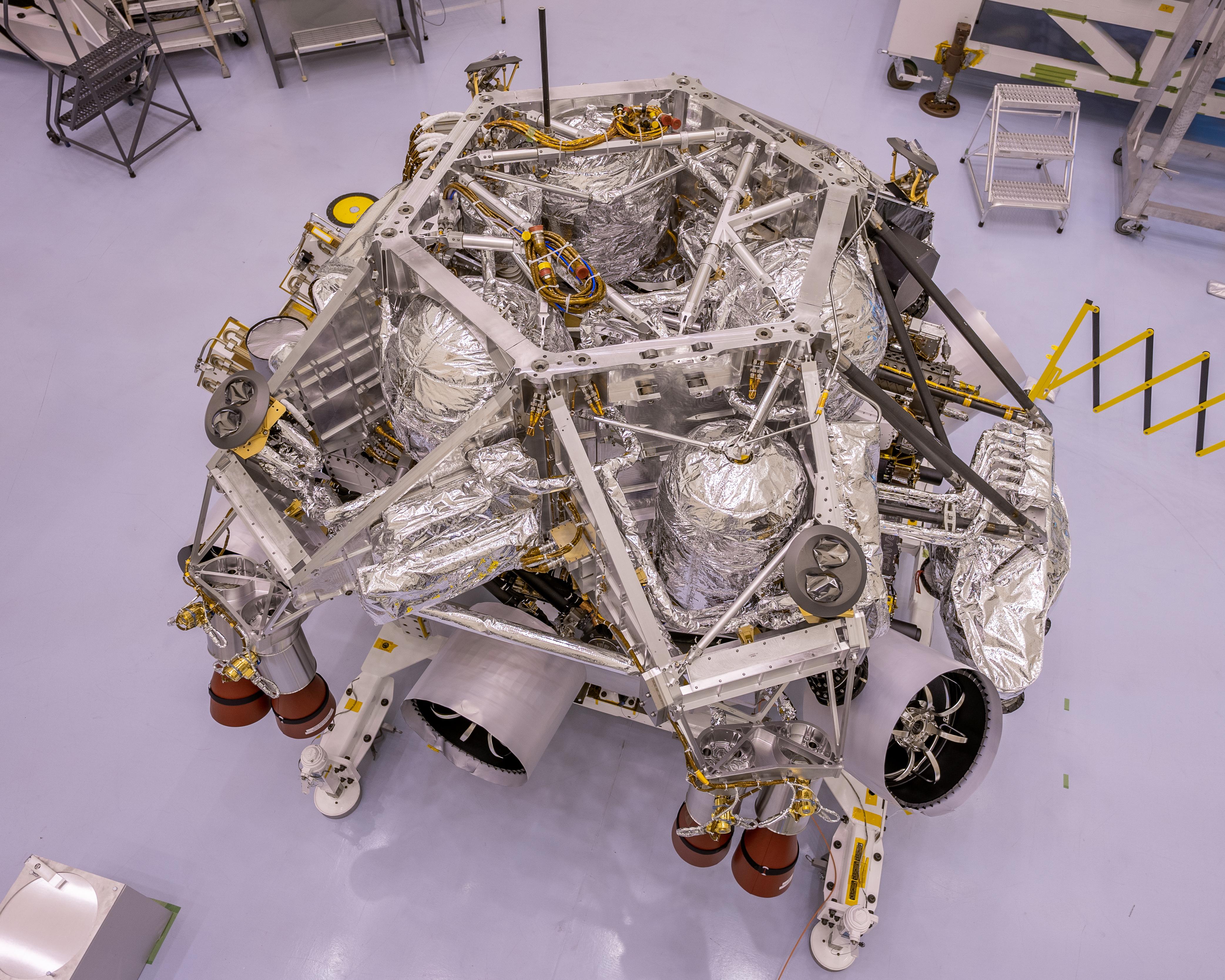NASA delays launch of Mars rover Perseverance to July 20

NASA's next Mars rover won't get off the ground on July 17 after all.
The launch of the car-size Perseverance rover from Florida's Cape Canaveral Air Force Station has been pushed to July 20 because "additional time was needed for the team to repair an issue with the ground system equipment," NASA officials said in an update today (June 11).
The issue involved a faulty crane, said Tory Bruno, the CEO of United Launch Alliance, which is providing the Atlas V rocket that will send Perseverance on its way to Mars. "Crane, now fixed. Rocket is fine," Bruno said via Twitter today, responding to a follower who asked about the delay's cause.
Related: NASA's Mars 2020 rover Perseverance in pictures
There's still a fair bit of wiggle room in Perseverance's schedule; the rover's launch window extends through Aug. 11. But that end date is a hard deadline, marking the end of a liftoff opportunity that comes around only once every 26 months. (Mars and Earth aren't properly aligned for interplanetary missions very often.)
Whenever Perseverance lifts off during the coming window, the six-wheeled robot will land inside Mars' 28-mile-wide (45 kilometers) Jezero Crater on Feb. 18, 2021. The rover will hunt for signs of ancient life in Jezero, which hosted a lake and a river delta billions of years ago.
Perseverance, the centerpiece of NASA's Mars 2020 mission, will also characterize the area's geology and perform a number of other tasks. For example, one of the rover's instruments will generate oxygen from Mars' carbon dioxide-dominated atmosphere. This latter tech, once scaled up, could aid human exploration of the Red Planet, NASA officials have said.
Breaking space news, the latest updates on rocket launches, skywatching events and more!
Another technology demonstration is tagging along on the Mars 2020 mission as well: a small helicopter scout, which will deploy from the rover's belly and make some short flights in the thin Martian air. If the little chopper, named Ingenuity, performs well, aerial exploration could play a large role in future Mars missions, NASA officials have said.
Perseverance will also collect and cache dozens of Mars samples for future return to Earth. NASA and the European Space Agency are working together on the sample-retrieval plan, which could bring the Red Planet material here as early as 2031. Scientists in labs around the world will then pore over the samples, hunting for signs of ancient Mars life and other clues about the history and evolution of the fourth rock from the sun.
- Mars 2020: The Red Planet's next rover
- Meet 'Perseverance': NASA's Mars 2020 rover has a new name
- Photos: Ancient Mars lake could have supported life
Mike Wall is the author of "Out There" (Grand Central Publishing, 2018; illustrated by Karl Tate), a book about the search for alien life. Follow him on Twitter @michaeldwall. Follow us on Twitter @Spacedotcom or Facebook.
OFFER: Save 45% on 'All About Space' 'How it Works' and 'All About History'!
For a limited time, you can take out a digital subscription to any of our best-selling science magazines for just $2.38 per month, or 45% off the standard price for the first three months.

Michael Wall is a Senior Space Writer with Space.com and joined the team in 2010. He primarily covers exoplanets, spaceflight and military space, but has been known to dabble in the space art beat. His book about the search for alien life, "Out There," was published on Nov. 13, 2018. Before becoming a science writer, Michael worked as a herpetologist and wildlife biologist. He has a Ph.D. in evolutionary biology from the University of Sydney, Australia, a bachelor's degree from the University of Arizona, and a graduate certificate in science writing from the University of California, Santa Cruz. To find out what his latest project is, you can follow Michael on Twitter.

